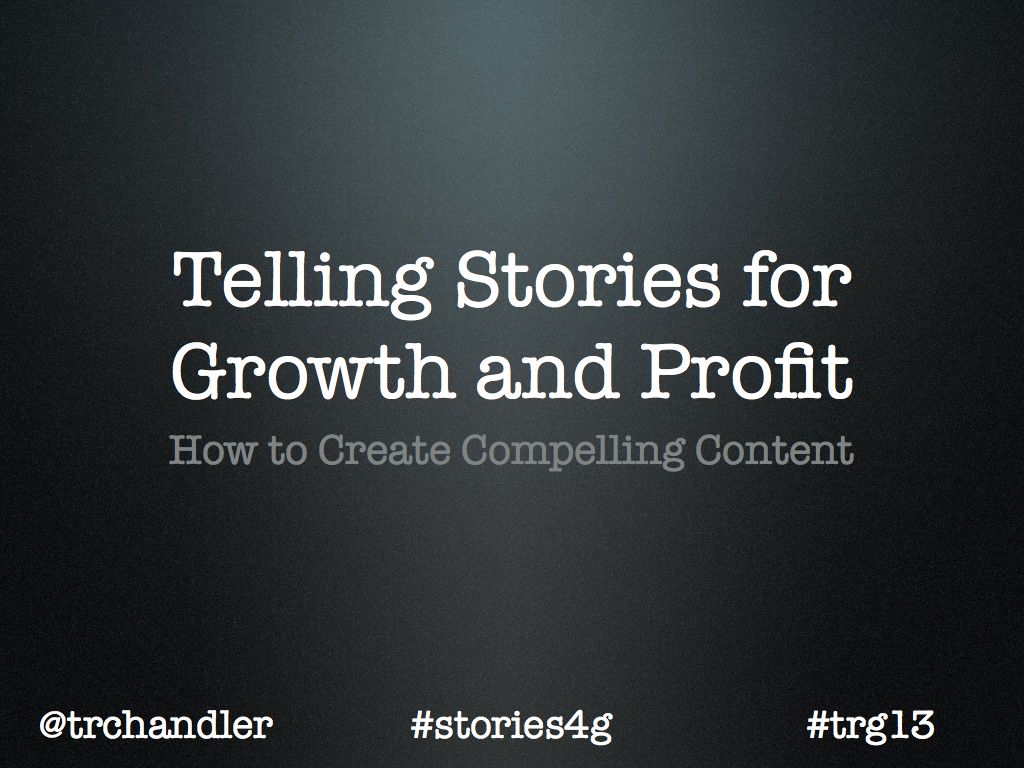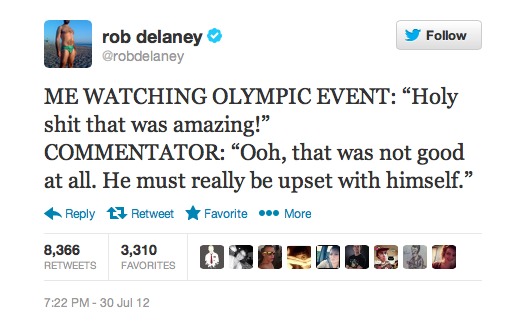“That’s one thing I hate! All the noise, noise, noise, noise!” ~ The Grinch
After seven days in an giant, old New England farmhouse, we decided to stay in more economy-class accommodations for the last two nights of our vacation as we moved up the coast and explored Freeport, Maine. I’m the only morning person in my family, so with four kids and two adults in one hotel room, when I woke up before the sun, I grabbed my computer and headed down to the breakfast area which wasn’t even officially opened yet. The lights were off, but they were starting to set up for breakfast.
I walked in, sat down, connected to WiFi and began my day while patiently waiting for fresh coffee and precooked bacon. In my selection of location, I picked the table farthest away from the giant TV at one end of the room which was blaring The Weather Channel.
As time ticked by, the breakfast buffet opened, and one other traveler entered the room. He sat down about two thirds of the way away from the TV, unfolded his USA Today and began reading. As I was more and more distracted by the repetitive booming meteorological commentary, I decided to act and turn down the volume of the television. I stood up and walked towards the TV, trying to make eye contact with my fellow early bird until I passed him. Nothing. His head stayed down and focused on his paper.
I turned down the volume, and when I turned around, the guy had his paper down, arms out stretched giving me the “What the @#%!” look. So I said, “Do you mind if I turn that down?” Which by the way is what I did. It was down, not off. Still audible. And there were only two of us in the room.
His response back, “Well, I’d like to be able to hear it.”
I wanted to say, “Why? They say the same thing over and over again every 8 minutes. And you’re reading the paper.” But it seemed easier and faster to reach back and click the volume up a little which seemed to please him.
Within a week of that incident I heard two podcast rants about how much noise there is in public places today. The first was on Rodrick on the Line, where John Roderick told of going to visit a friend and how this person kept the TV on as background noise while they chatted. Merlin Mann chimed in about how much airports have changed and that there are no quiet spots to be alone in them anymore. Then, Clay Jenkinson on the Thomas Jefferson hour was discussing how Jefferson managed to be so productive during his life. One secret was he spent a lot of time in solitude. Clay went on to describe how difficult that is today echoing many of John and Merlin’s complaints.
Years ago, I heard Brian Tracy describe solitude as going into the silence. He’s a big believer in the magic of solitude. I started practicing regular, dedicated time to silence: walking, running, just sitting alone with my thoughts. Over the years I’ve drifted away from that habit, and today, I live constantly among noise. I’m regularly updating my running playlist with fresh music. With my addiction to podcasts, if I’m not sitting still or talking to someone, I’m listening to an episode. And I’m constantly online with some device easily within reach.
It’s time to reverse that trend. The ideas, the solutions, the calm that come from doing nothing are wonderful, so here’s my game plan:
- Schedule silence breaks. Three times a day (morning, afternoon, and evening) I’ll take a 5–7 minute break of doing nothing. No reading, writing or talking. At the office, I’ll probably go for a quick walk around the block.
- Limit email scans. Turn off email notifications and check it when it works for me instead of constantly scanning what’s in the inbox. Same applies with checking status updates.
- Eat alone. Once a week, go out to eat by myself with nothing to listen to or to read. I know I’ll be surround by noise, but this will still provide good thinking time.
- Once a year, go on a two-day or longer hike. Last year’s trip to the Narrows was magical, and a big reason why was because of the solitude.
What about you? Is silent solitude important to you? If so, how do you carve out some time for it?
 I'm thrilled to be presenting at Training 2013 Conference and Expo.
Humans have been crafting and telling stories to share information and learnings since the first cave paintings and fables. Sometimes we get so bogged down by objectives, internal client requirements, and key metrics that we forget to make learning engaging and compelling. Whether classroom, self-directed, eLearning, mobile, informal or formal, learn how to make your next project more compelling by:
I'm thrilled to be presenting at Training 2013 Conference and Expo.
Humans have been crafting and telling stories to share information and learnings since the first cave paintings and fables. Sometimes we get so bogged down by objectives, internal client requirements, and key metrics that we forget to make learning engaging and compelling. Whether classroom, self-directed, eLearning, mobile, informal or formal, learn how to make your next project more compelling by:

